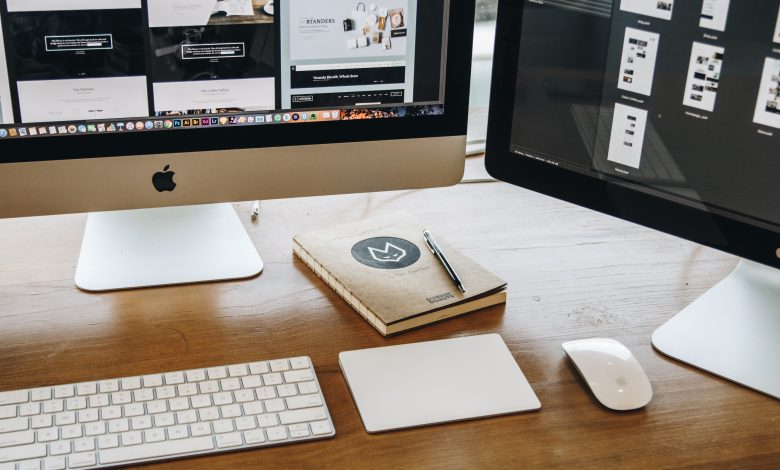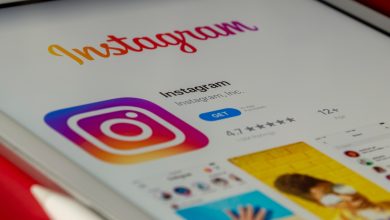6 Ways to Use Icons and Images in Digital Design

Digital design has revolutionized the way we communicate and interact with technology. With the ever-increasing demand for more intuitive and visually appealing designs, designers are constantly looking for ways to improve user experience. One of the most effective ways to enhance the visual appeal of digital designs is by incorporating icons and images. These elements can serve various purposes, from guiding users through a website to simply conveying complex information. In this article, we’ll explore six ways to use icons and images in digital design.

One of the primary functions of icons and images in digital design is navigation. Navigation icons and images are used to help users find their way around a website or application. For example, a magnifying glass icon is commonly used to represent the search function, while a hamburger icon is used to represent a menu. Navigation icons should be intuitive and easy to understand, even by users who are unfamiliar with the interface. These icons should also be consistent throughout the design, so users don’t get confused or disoriented.
2. Emphasizing Key Points
Icons and images can also be used to emphasize key points or to draw attention to specific information. For example, using an arrow or pointer icon can help draw the user’s attention to a particular area of a website or application. Similarly, using an icon or image to represent a sale or discount can help draw attention to a promotion. Using icons and images in this way can help break up large blocks of text and make information easier to digest.
3. Enhancing User Experience
Icons and images can also be used to enhance the user experience of a website or application. For example, using an icon to represent a feature or action can make the design more intuitive and easier to use. Similarly, using images to represent products or services can help users understand what they are purchasing or subscribing to. Using icons and images in this way can help create a more user-friendly experience, which can lead to increased engagement and satisfaction.

4. Conveying Complex Information
Icons and images can be used to convey complex information simply and understandably. For example, using icons to represent different types of content on a website can help users quickly understand the nature of that content. Similarly, using images to represent data can help users understand complex statistical information. Using icons and images in this way can make information more accessible and easier to understand for a wider range of users.
5. Branding and Identity
Icons and images can also be used to help establish a brand identity or to reinforce branding. For example, using a specific color scheme and set of icons or images can help create a consistent visual identity across different platforms and media. Similarly, using images that reflect the values and mission of a brand can help reinforce that brand’s identity and message. Using icons and images in this way can help create a stronger connection between a brand and its audience.
6. Visual Appeal
Finally, icons and images can be used simply to enhance the visual appeal of a digital design. For example, using images as background or header images can help create a visually striking design that captures the user’s attention. Similarly, using icons and images to create custom graphics or illustrations can help create a unique and visually appealing design. Using icons and images in this way can help create a design that is both functional and aesthetically pleasing.
In conclusion, icons and images are essential elements of digital design. They can be used to navigate and wayfinding, emphasize key points, enhance user experience, convey complex information, establish branding and identity, and create visual appeal. When used effectively, icons and images can greatly enhance the usability and visual appeal of digital designs, creating a more engaging and satisfying user experience.



